
Do you have a question about the Siemens SIMATIC MV540 S and is the answer not in the manual?
| Brand | Siemens |
|---|---|
| Model | SIMATIC MV540 S |
| Category | Industrial Equipment |
| Language | English |
Provides guidance on securing plants and systems against cyber threats.
Details recommendations for creating strong passwords and managing user access.
Lists the types of codes the reader can process and its performance metrics.
Defines the qualifications required for operating and commissioning the device.
Warns about electrostatic discharge destroying sensitive modules and provides protection measures.
Emphasizes connecting only SELV-compliant 24V DC power supplies.
Details the types of 1D and 2D codes that the optical reader can read.
Discusses performance characteristics for reading codes, including 'ID-Genius' detection.
Details the 'ID-Genius' technique for robust reading of complex data matrix codes.
Introduces code verification for ensuring marking quality and readability throughout the lifecycle.
Explains the need for a verifier versus an optical reader for trend data and quality grades.
Outlines the three main methods for controlling image acquisition: Individual, Auto, and Scan triggers.
Details the 'Auto-trigger' mode for automatic reading without external signals.
Details using 'Program sequence' to evaluate multiple acquisitions with different settings per trigger.
Explains the MATCH command for simple comparison in Track&Trace applications.
Explains configuring the reader as a PROFINET IO device with FB 79 or Ident profile.
Details the procedure for mounting the reader with a built-in ring light and mini-lens.
Describes the two-step mounting process for the reader with a built-in ring light and EF lens.
Explains how to mount and connect an external ring light for applications requiring more light.
Details the Power over Ethernet technology and its application with SIMATIC MV500.
Explains how to connect the power supply, including warnings and notices.
Lists the PC and software requirements for device commissioning.
Provides a step-by-step guide to connect the reader using the CONNECT button.
Illustrates the point-to-point connection process from reader to PC.
Explains how to use the READ button for automatic reader alignment and setting adaptation.
Guides on connecting and setting up the reader using the Primary Setup Tool (PST).
Details the steps to start and access the Web Based Management (WBM) interface.
Guides on aligning the optical reader using the 'Auto-setup' function in WBM.
Discusses selecting network configurations based on the environment.
Guides on starting the WBM as described in the PST section.
Explains the reader status icons (Start, Stop, Edit, Adapt) and access status icons (padlocks).
Explains operating the reader via PROFINET IO using MAC addresses.
Details integrating the reader into controllers using the GSD file and STEP 7.
Introduces process connection using the Ident profile, noting FB 45 is not recommended.
Details assigning parameters to the Ident profile (standard profile V1.19).
Introduces control via 'PHYSICAL WRITE' and 'PHYSICAL READ' commands.
Explains how to interpret the optical reader's status bits (IN_OP, RDY).
Explains the 'PHYSICAL WRITE' command for sending Machine Vision commands.
Describes how to perform a program change using the 'PHYSICAL WRITE' command.
Details the 'Write match string' command for overwriting the current program's match string.
Explains setting logical external signals for digital outputs, linked via automation system.
Explains using the 'PHYSICAL READ' command to read various Machine Vision commands.
Describes triggering and reading the result string, including data truncation and padding.
Explains how the 'STATUS' output word indicates command processing results and errors.
Provides an overview of requirements for executing commands, including trigger, control, and status.
Explains how to acknowledge group errors via CM or PROFINET IO.
Introduces control using function block FB 79 for PROFINET IO operations.
Details the assignment of control bytes (input signals) for PROFINET IO communication.
Details the assignment of status bytes (output signals) for PROFINET IO communication.
Lists possible values for Data ID used to request specific data from the reader.
Explains how to select operating modes like program selection, save, and start using the control byte.
Details the procedure for selecting a program using the SEL0-SEL3 inputs via a time diagram.
Illustrates the program saving procedure using a time diagram, including trigger signal requirements.
Explains the handshaking procedure to ensure consistent data transfer from reader to controller.
Introduces FB 79 for PROFINET IO operations and software integration in control programs.
Outlines the functional scope of FB 79, including monitored data traffic and executable commands.
Explains the asynchronous operation of FB 79 and how to start/manage jobs.
Provides a detailed overview of the parameters for FB 79.
Explains the meaning and values of output parameters like DONE, ERROR, ERRCODE, and STATE.
Lists possible values for the COMMAND parameter in FB 79 and their meanings.
Shows which jobs are possible depending on the reader's operating state (RUN, STOP, ERROR).
Explains how to cancel jobs and change programs while executing read jobs.
Details the sequence for read jobs ('COMMAND = W#16#0081 ... W#16#008F').
Explains how FB 79 processes read job results and handles errors.
Explains how to interpret the ERROR and ERRCODE parameters and acknowledge errors.
Explains control signals and status bytes for the digital input/output interface.
Describes controlling the reader using TCP/IP or RS232 connections.
Lists functions that can be performed using TCP/IP and RS232 connections.
Details the command for overwriting the match string, including constraints and persistence.
Explains commands for setting and resetting the DISA bit.
Explains the command for changing the program or switching processing mode.
Describes saving the program using an internal trigger.
Explains saving the program using an external trigger, requiring DISA bit set.
Explains the reset command for acknowledging errors or canceling save program.
Describes the command for setting logical external signals for digital outputs.
Introduces the HTTP-based remote client interface for triggering functions.
Explains XML backup and restore functions, noting restrictions and image deletion.
Explains the XML restore process, including disabling IP import and POST data structure.
Provides a program example for connecting the reader to a SIMATIC controller using FB 79.
Explains integrating FB 79 into a STEP 7 program, including FC1 and FC2 functions.
Explains how diagnostic information is output and where it can be read.
Lists error messages, their values for different interfaces, descriptions, and corrective measures.
Details error messages related to PROFINET IO, TCP communication, and configuration.
Lists error codes and messages for read and verification failures, with descriptions.
Covers maintenance aspects (cleaning) and repair procedures for the optical reader.
Provides instructions and safety precautions for replacing a module.
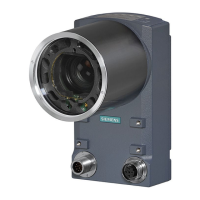

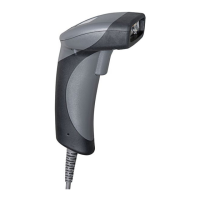

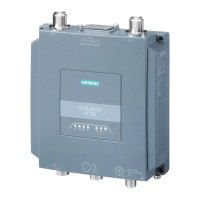
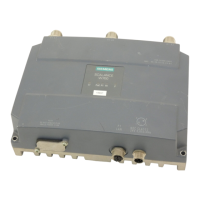

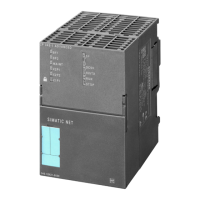
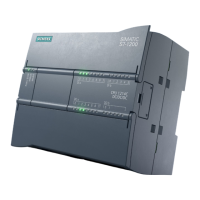

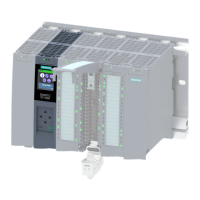
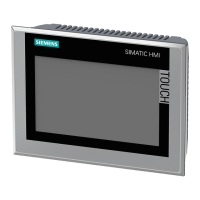
